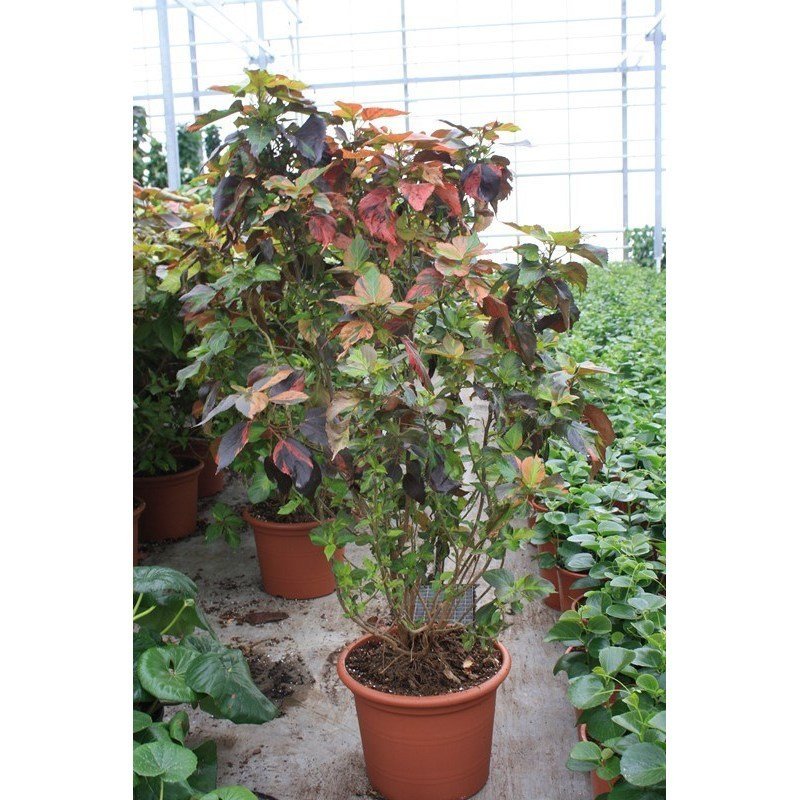
The Acalypha wilkesiana is a beautiful plant that, thanks to its unique shape, transforms any room or garden into a piece of paradise.
In this article we will explain almost everything about caring for the Acalypha wilkesiana.
Where best to place and water the Acalypha wilkesiana, and of course all other useful information about the Acalypha wilkesiana.

The Acalypha wilkesiana likes a sip of water
For almost all plants, watering is an important part for the plant to survive and grow. The Acalypha wilkesiana is certainly no exception! In this chapter you will find all the necessary information so that you can provide your Acalypha wilkesiana with moisture in the right way.
Summer
During the summer it is very important that this plant, when it is outside, is kept well moist. Especially during the warm days it should be watered every day, so that the root ball is well moist. On the less warm days this can sometimes be skipped for a few days. This is so important because otherwise the plant 'drinks' moisture from its leaves, causing it to become dry and eventually die. This should of course be prevented.
Winter
When winter is upon us, the rules are reversed! If the Acalypha wilkesiana is outside, it must remain dry so that the moisture does not freeze and damage the plant. The Acalypha wilkesiana does not suffer from a dry root ball during this period, it is in a kind of hibernation!
When the plant is kept indoors during the winter it should be kept slightly moist, so not soaking wet (as in summer), but just so that the root ball feels slightly damp.
General rules
In addition to the above guidelines, it is best to follow these rules:
First, give the plant a little water. If the soil is dry within 2 days, it means it needs a little more water. Adjust the amount of water until it still feels slightly moist between 2 and 5 days after watering, and almost dry after 5 days. If it feels very wet after 5 days, wait until it is almost dry and water again, but reduce the amount.

Spraying
We recommend that you spray the Acalypha wilkesiana with water weekly. However, we do not recommend this during hot summer days, so that you do it either in the evening after sunset, or on days when the sun shines little, because the water droplets bundle the incoming sunlight into small points that become very hot. These make the leaves dry, or even burn through.
Aside from the detrimental effect of bright sunlight on wet leaves, misting has beneficial effects for your Acalypha wilkesiana. Namely, it removes dust from the leaves, allowing them to better absorb sunlight and appear more beautiful, and it deters certain types of pests.
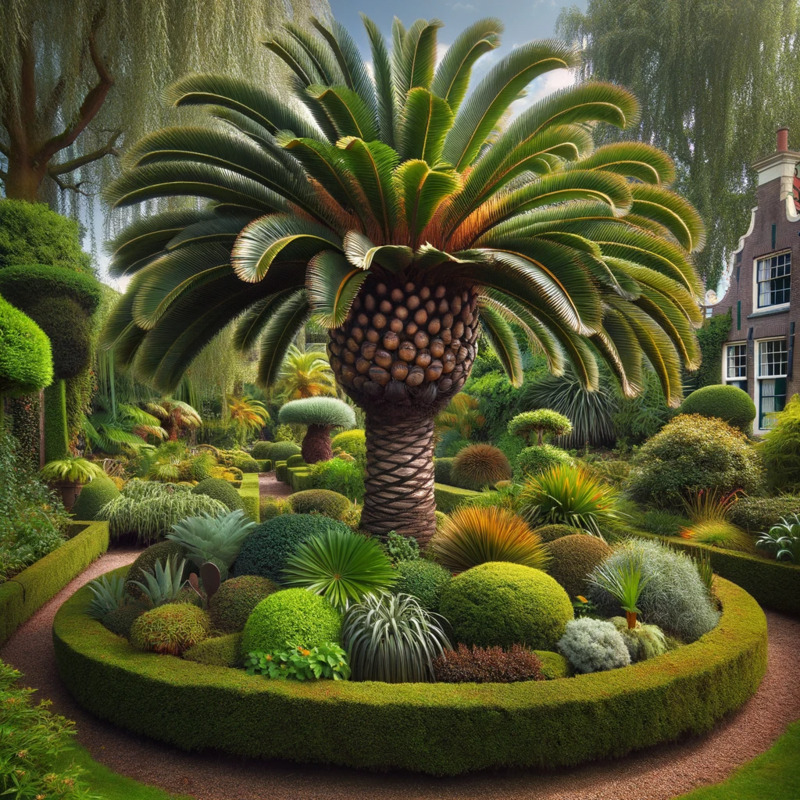
Where is the best place to place the Acalypha wilkesiana?
For many plants it is important to determine the right place where it can stand best. A lot or little sun, sheltered from wind, in the shade at certain sun positions… all this makes a difference for the development of the plant. In this chapter you will find what is best for the Acalypha wilkesiana.
Light
The Acalypha wilkesiana is a plant that likes a fair amount of sunlight. It likes to be in full sun or half shade, taking in all the light. Is it indoors? Then it wants a spot near a window or where there is light. The Acalypha wilkesiana requires at least 1 to 3 hours of direct sunlight per day
Wind
Make sure the Acalypha wilkesiana experiences as little wind as possible. Wind can damage the leaves, causing them to die off more quickly. A little wind is no problem.
Temperature requirements
Minimum temperature 5℃ during the day
At night minimum 5 ℃

Repotting, why and when?
Repotting an Acalypha wilkesiana whose root ball has grown through has a few advantages. Namely, the plant grows faster when the roots have the space. The plant can also withstand lower temperatures better with a larger root ball. It can then absorb moisture from the soil better and is therefore stronger and more stable.
General rules
When the Acalypha wilkesiana has rooted (often every 2-3 years) we recommend repotting it in the spring. If it is always inside, it does not matter. If it is outside, it is not a problem to repot it in the summer, but we advise against it in the autumn and winter, because it will not grow and root optimally then. This can make it somewhat weak, and possibly suffer damage from frost.
When you choose to repot your Acalypha wilkesiana, choose a nice pot that is twice the size of the root ball. Place a layer of hydro grains at the bottom of the new pot, for better moisture control. It will thank you for that. Fill this layer with some Mediterranean potting soil. This type of soil ensures that the Acalypha wilkesiana roots optimally and is fed. Then you can place the root ball on the ground. Make sure that the top of the root ball is slightly below the edge of the pot. Aim for a difference of 2 to 6 cm. This difference ensures that the water does not run off the root ball when you water it.
Every year you should replace the top layer of soil, because it hardens and 'wears out' in nutrients, due to regular watering and because of the sunlight on the upper edge of the root ball.
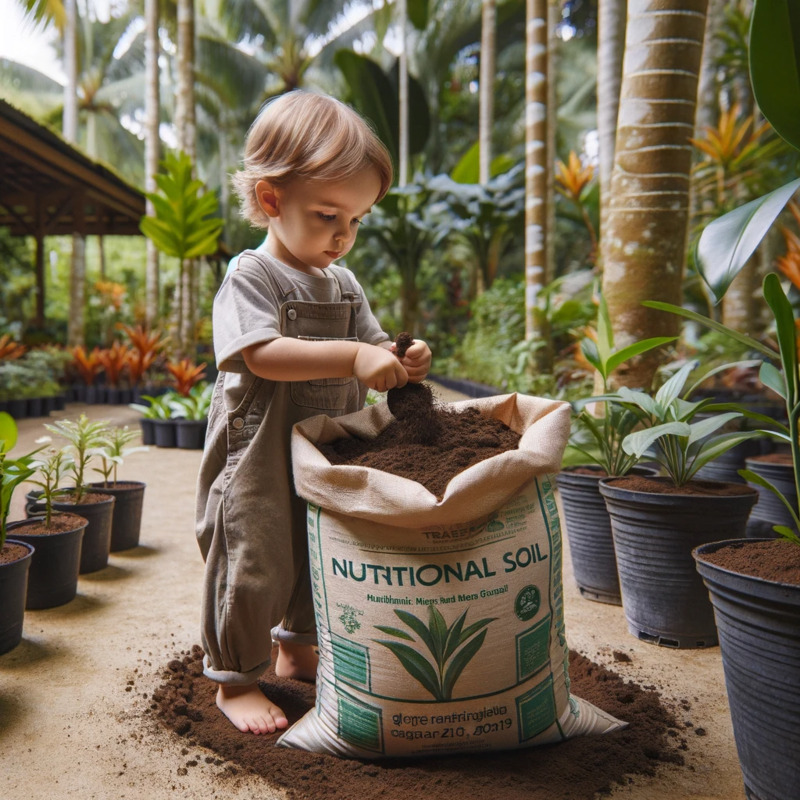
Provide the Acalypha wilkesiana with good nutrition
During the summer and spring periods your Acalypha wilkesiana needs to be fed well. Unfortunately, a good soil type is not enough for this. It certainly helps in certain needs of the plant. But to keep the leaves nice and deep green and strong, we recommend supplementing the nutrition with the specialized food [florentus]. Pokon is often recommended by other shops, but we advise against it, because .... Florentus is a product based on natural nutrients from many different sources, a mix of organic, vegetable acids and pure concentrates. It is the perfect 'fertilizer' for plants. Your plant is very grateful for this nutrition and will reward you with shiny deep green leaves and healthy strong roots.
If you want to give your plant that little bit of extra luxury, we also recommend supplementing florentus with [Plant Ultra]. This provides a few extra useful nutrients that the Acalypha wilkesiana loves. They are not essential, but do help with root growth and extra health and strength of the palm.
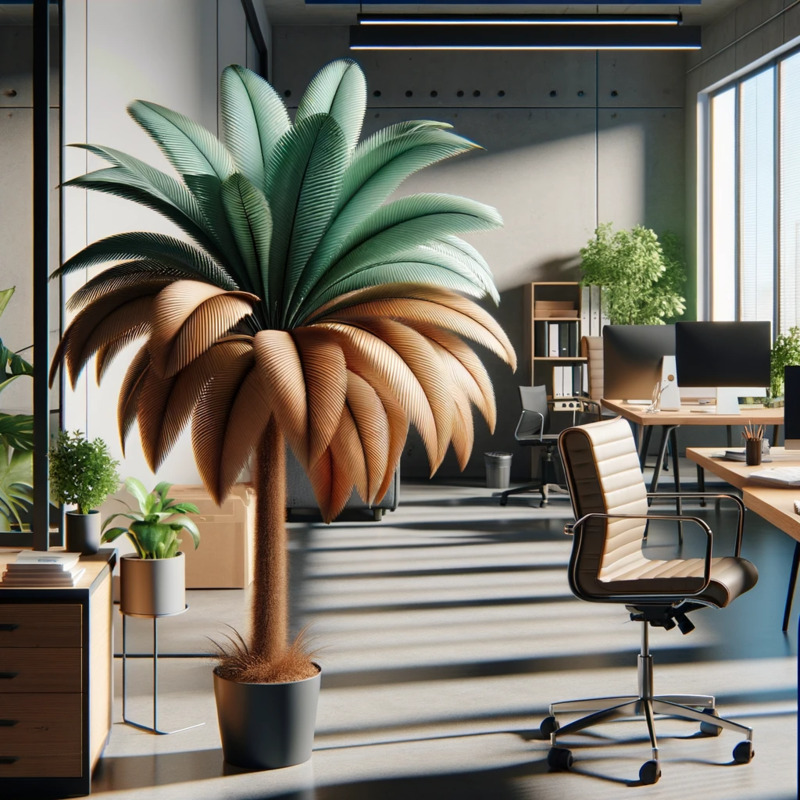
When the leaves change color
The leaves can get black leaf tips. This can mean that too much water has been released. Brown or yellow leaves can mean that too little water is being released. We then recommend checking this and possibly adjusting the watering. We also recommend making the plant a bit more beautiful by simply cutting off the ugly tips with scissors.
It is also possible that the Acalypha wilkesiana has been moved from a place with a lot/little light to a place with a different amount of light. This can also cause the leaves to discolour. The new leaves will be more resistant to direct sunlight.
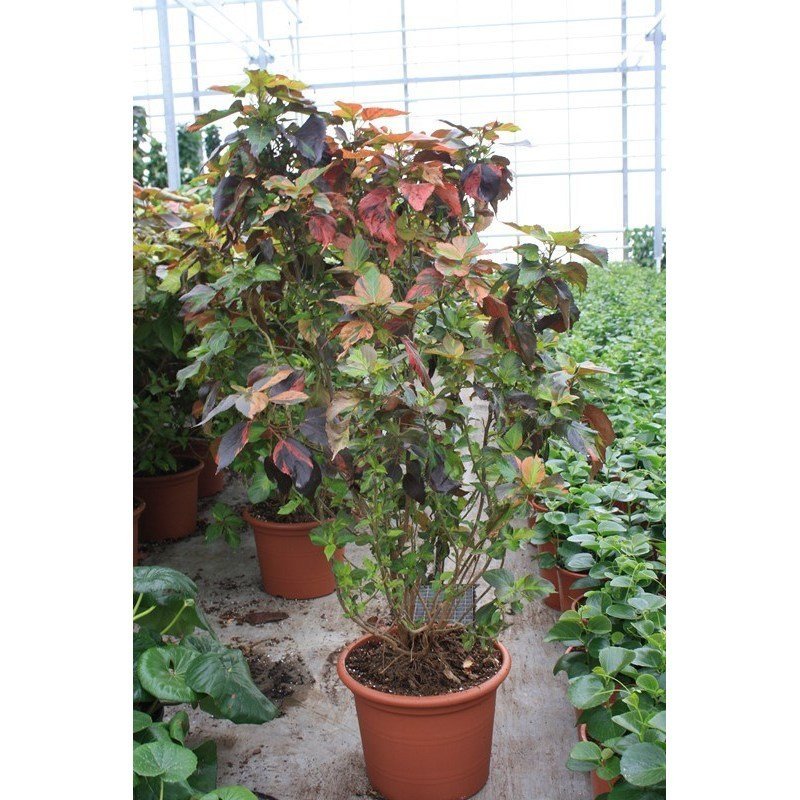

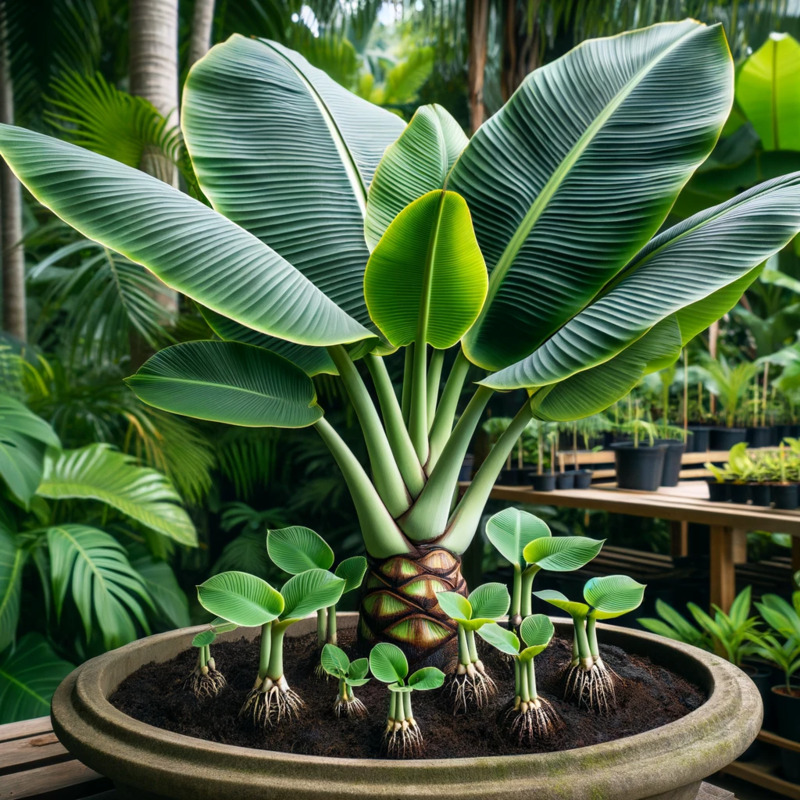
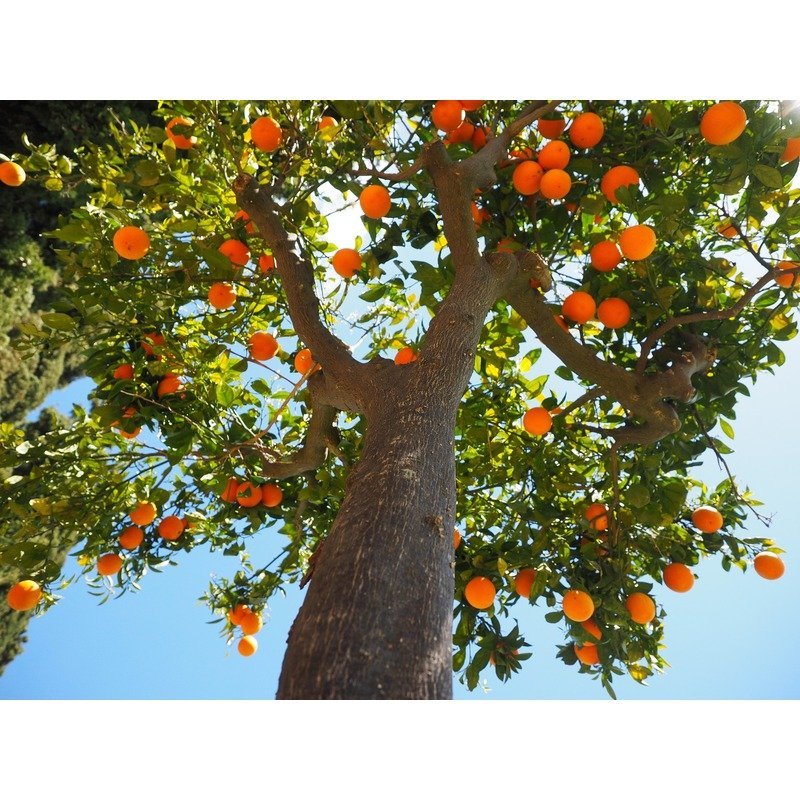
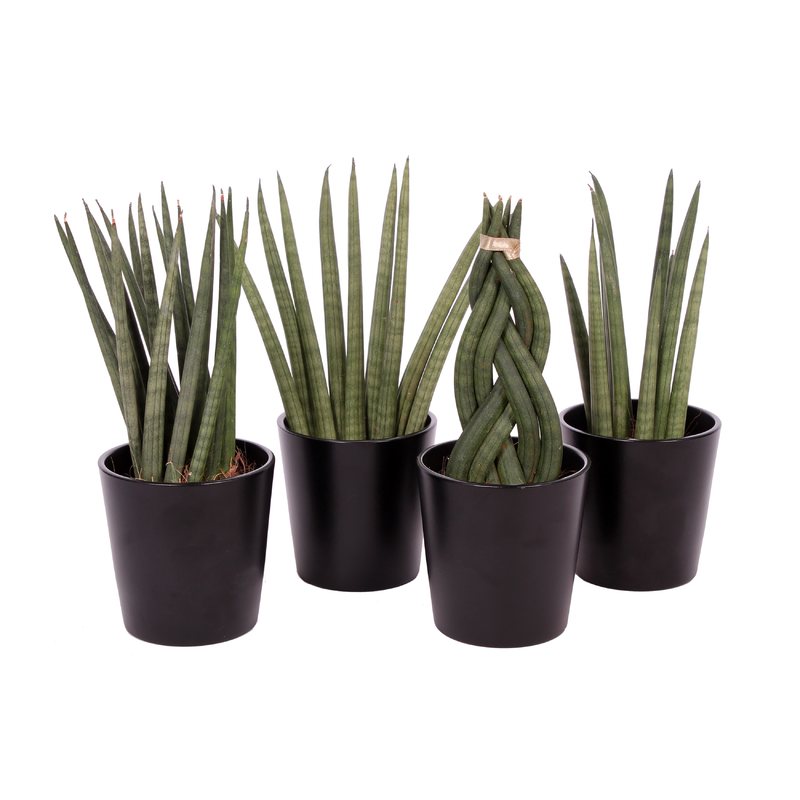
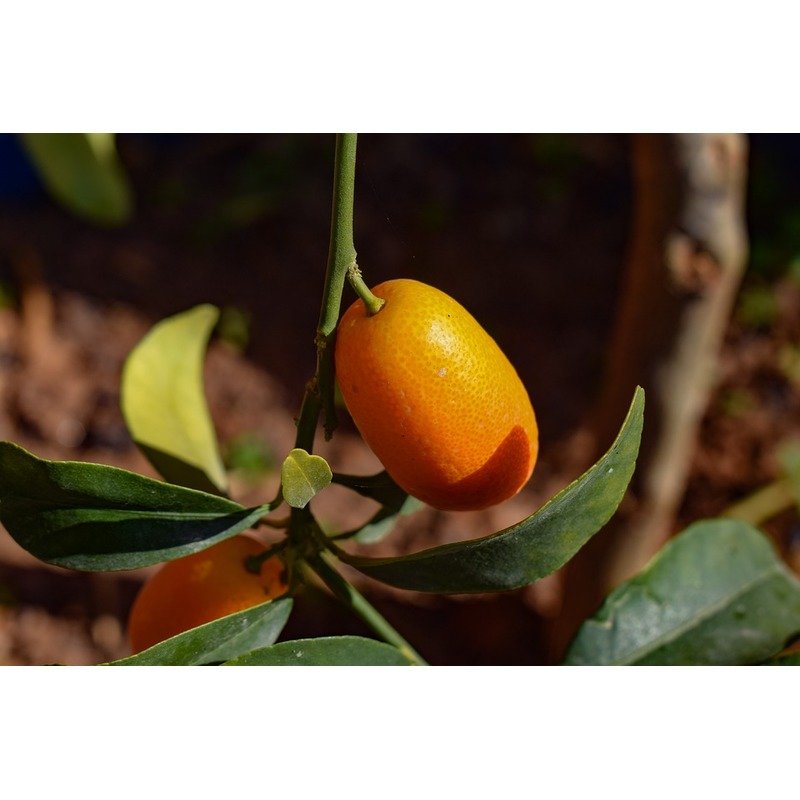
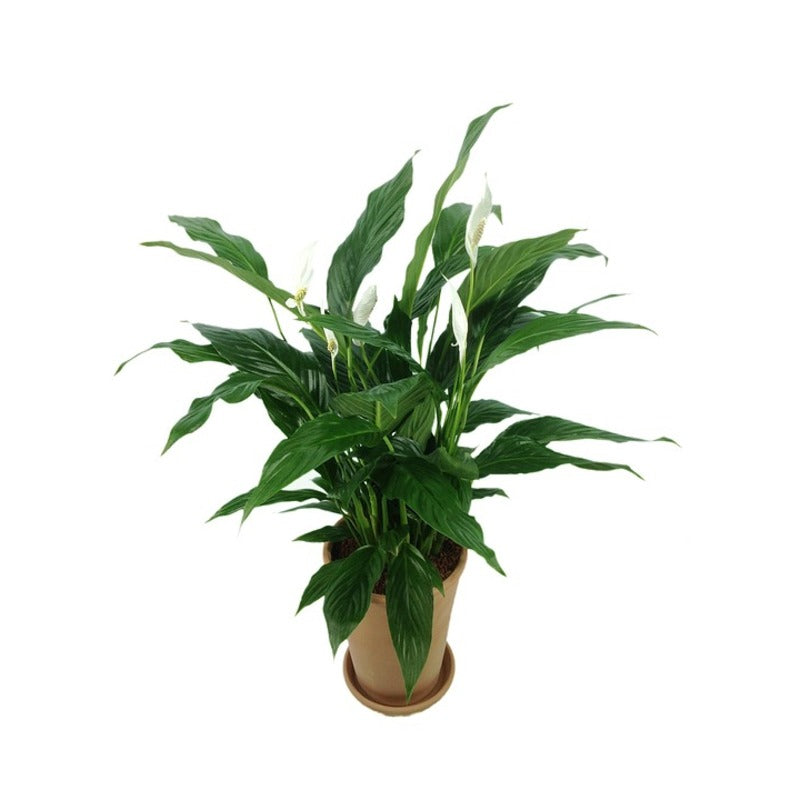
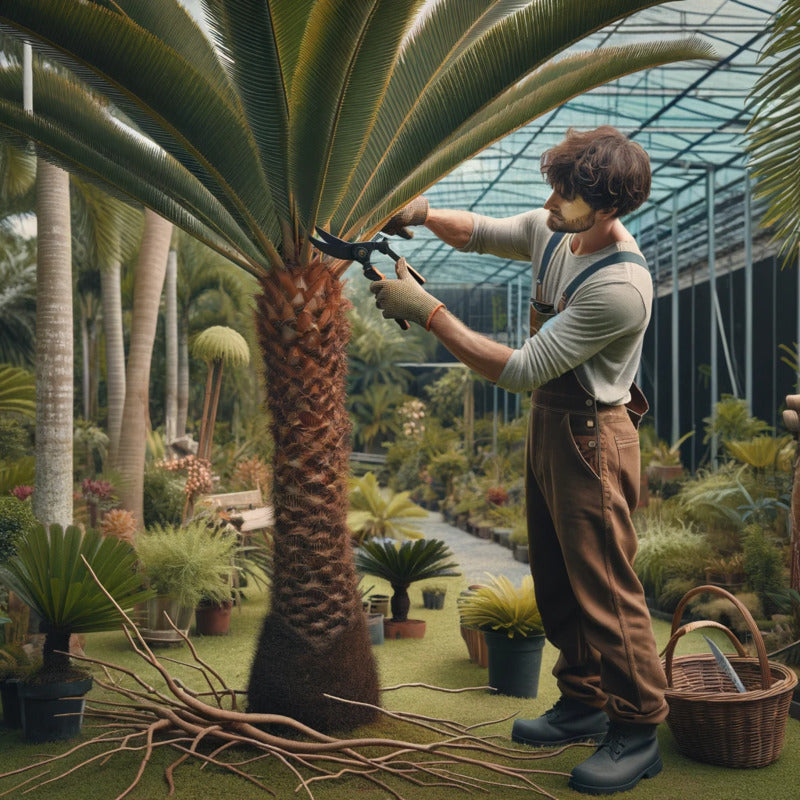
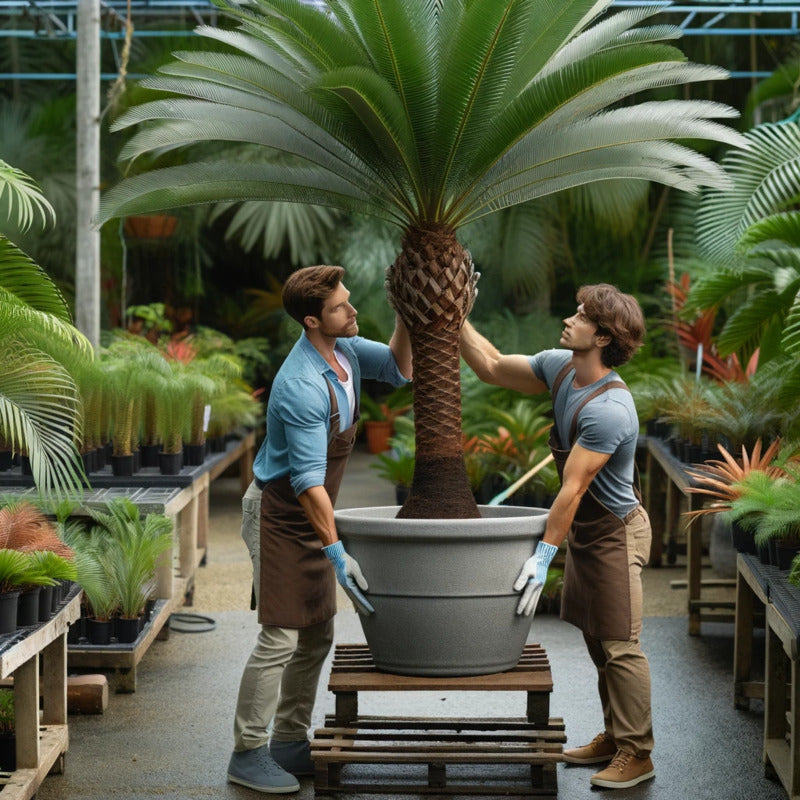
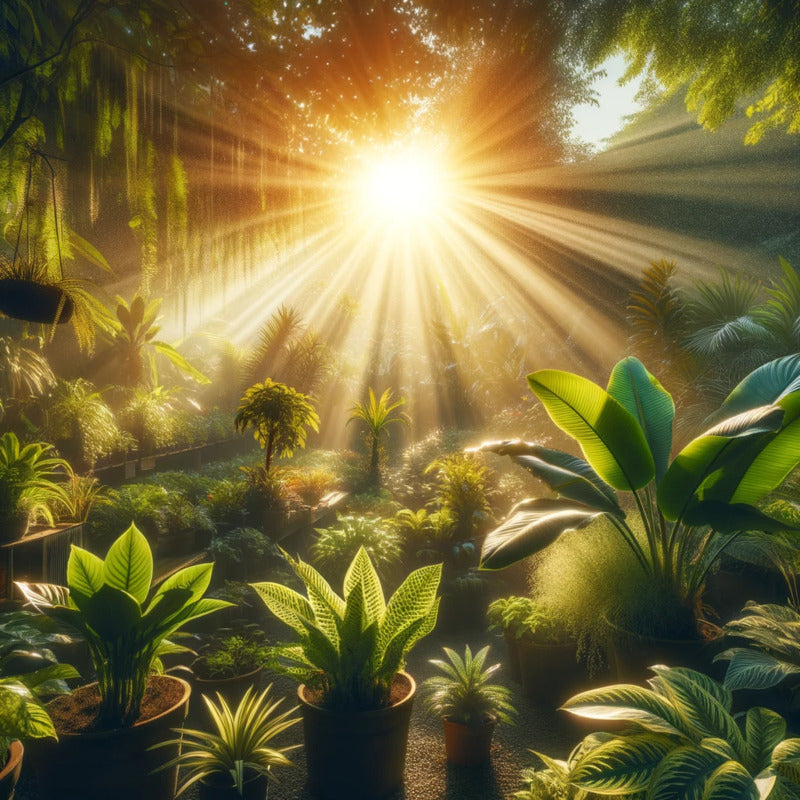
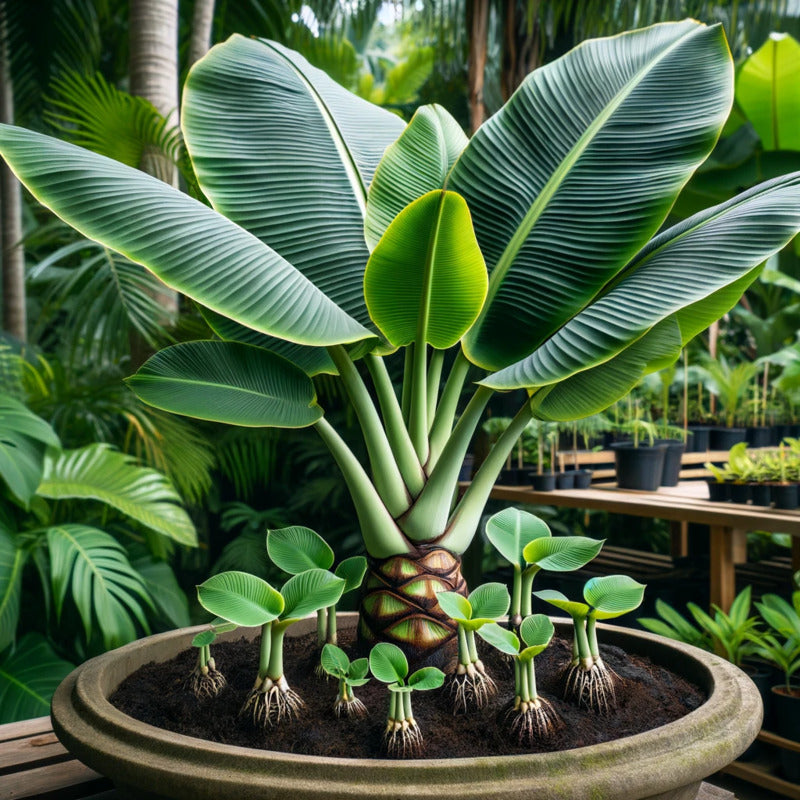

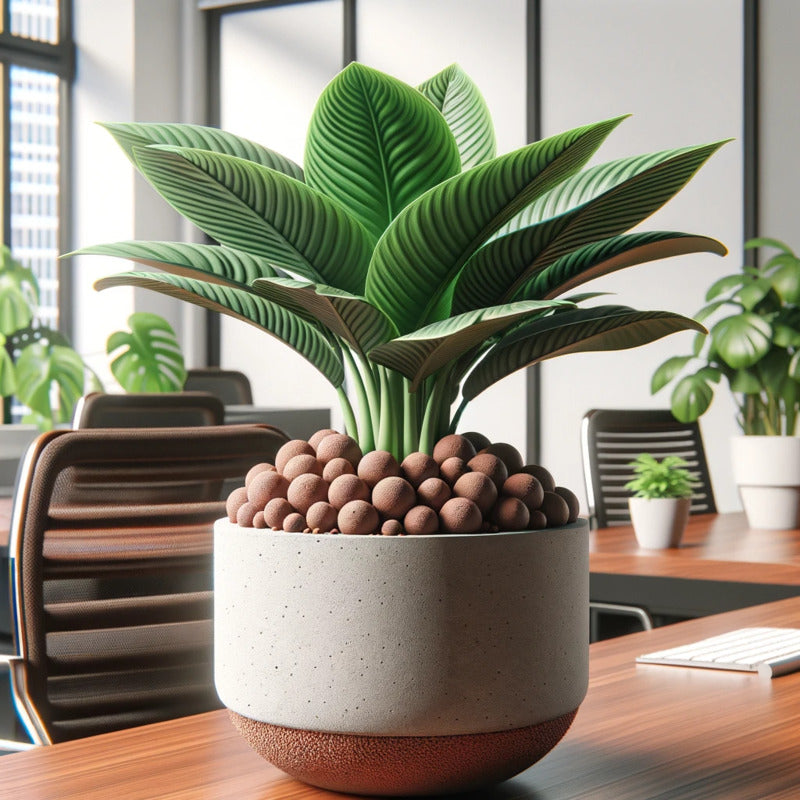


Share:
Carex - Silver Grey Ornamental Grass
Musa 'Da Jiao' - Baking banana - plantain plant